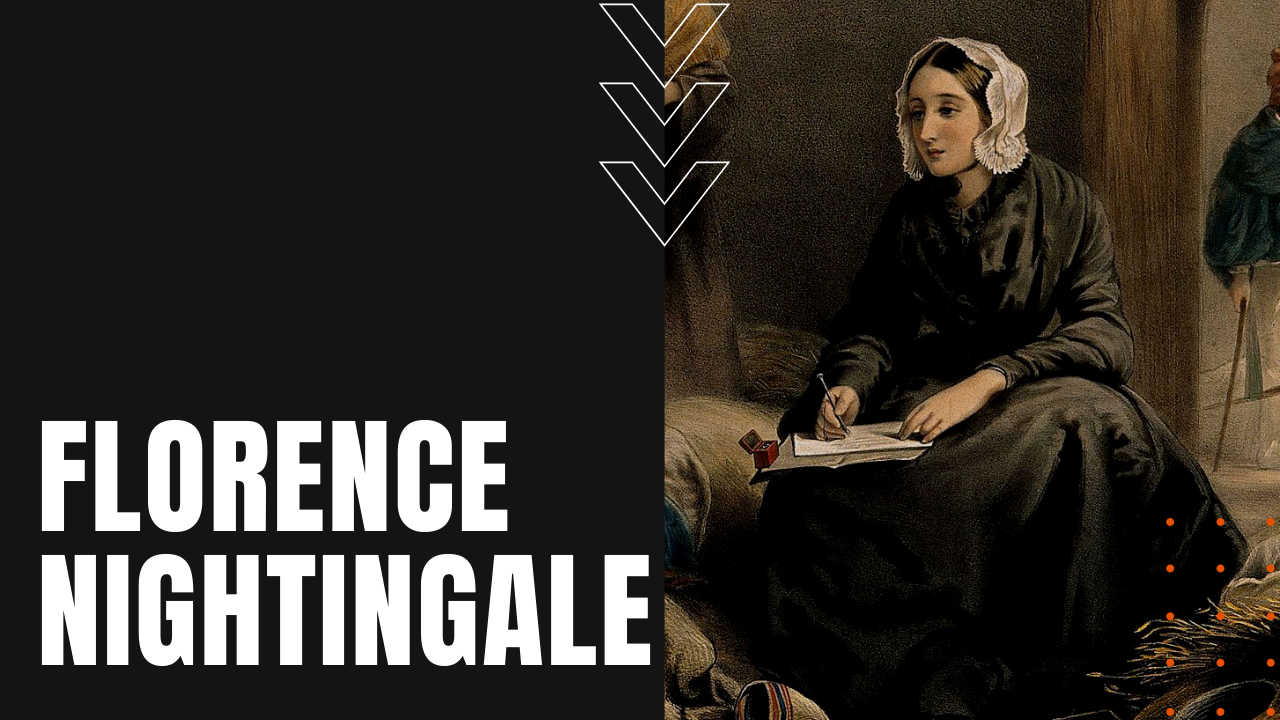Florence Nightingale and the Dawn of Modern Healthcare

Born into a wealthy English family, Florence Nightingale shunned the Suzi homemaker life of the Victorian-era upperclass, opting for nursing school and a life of service and compassion for others. After the British Empire went to war with Russia over control of the Ottoman Empire, once the Battle of Alma saw mass British casualties, the British public soon became outraged over the deplorable conditions wounded British soldiers were enduring at Scutari Hospital in Constantinople, prompting Secretary of War Sidney Herbert to ask Nightingale to organize a corps of nurses to tend to British wounded in the Crimea.
Florence Nightingale’s Nurses
Nightingale quickly cobbled together 34 nurses from various religious orders, who sailed for the Crimea in a scant matter of days. Nothing could prepare Nightingale for what she found at Scutari, where rodents and bugs scurried through filthy wards, which in turn witnessed a skyrocketing human death toll to filth diseases such as typhoid and cholera. In response, Nightingale conscripted the least-injured patients to scrub wards from floor to ceiling, while at night she made countless rounds through the wards with an oil lamp, which soon gave Nightingale the endearing moniker of “the Lady with the Lamp,” or simply “The Angel of Crimea.”
Early Efforts of Sanitation in Hospitals
Before long, Nightingale’s efforts at sanitation and good nursing practices quickly reduced the hospital’s death rate by two-thirds. After improving the sanitary conditions at Scutari, Nightingale set about improving a patient’s overall experience while hospitalized, including an “invalid’s kitchen” for more appetizing food, laundry service to provide clean linens on a regular basis, as well as adult education programs and a library for the intellectual stimulation of bedridden patients.
She also wrote an 830-page book on her experiences and improvements at Scutari, which sparked a total revamp of the British War Office’s Administration Department. After the end of the Crimean War, Nightingale returned home to a hero’s welcome, including a gift from Queen Victoria known as the “Nightingale Jewel,” as well as a 250,000 Pound prize from the British government, which she later used to found St. Thomas’ Hospital and the Nightingale Training School For Nurses.
In 1857, following a decree by Queen Victoria, Nightingale helped to create a Royal Commission overseeing the ongoing health of the army, where she and noted statisticians, William Farr and John Sutherland, analyzed army mortality data from the Crimean war, discovering that 16,000 of the 18,000 deaths during the war were caused by preventable diseases rather than combat-related injuries, which Nightingale soon translated into a new visual format, now known as a “Nightingale Rose Diagram.”
How Did Florence Nightingale Die?
While Nightingale would become bedridden with Crimean Fever by the tender age of 38, her contributions to healthcare, hospital hygiene and improved nursing practices would lead to the Nightingale Pledge, which is taken by all new graduating nurses, making Florence Nightingale one of the most influential people in modern medicine.
